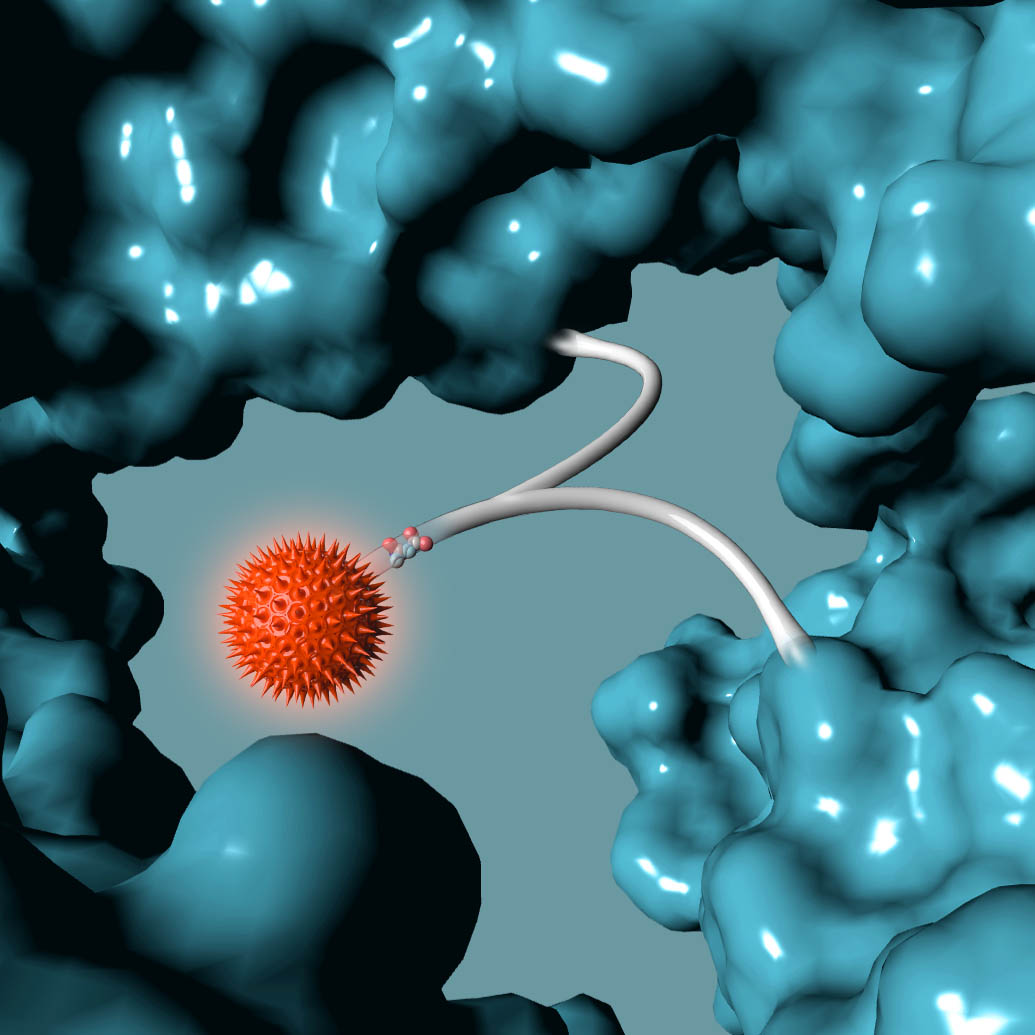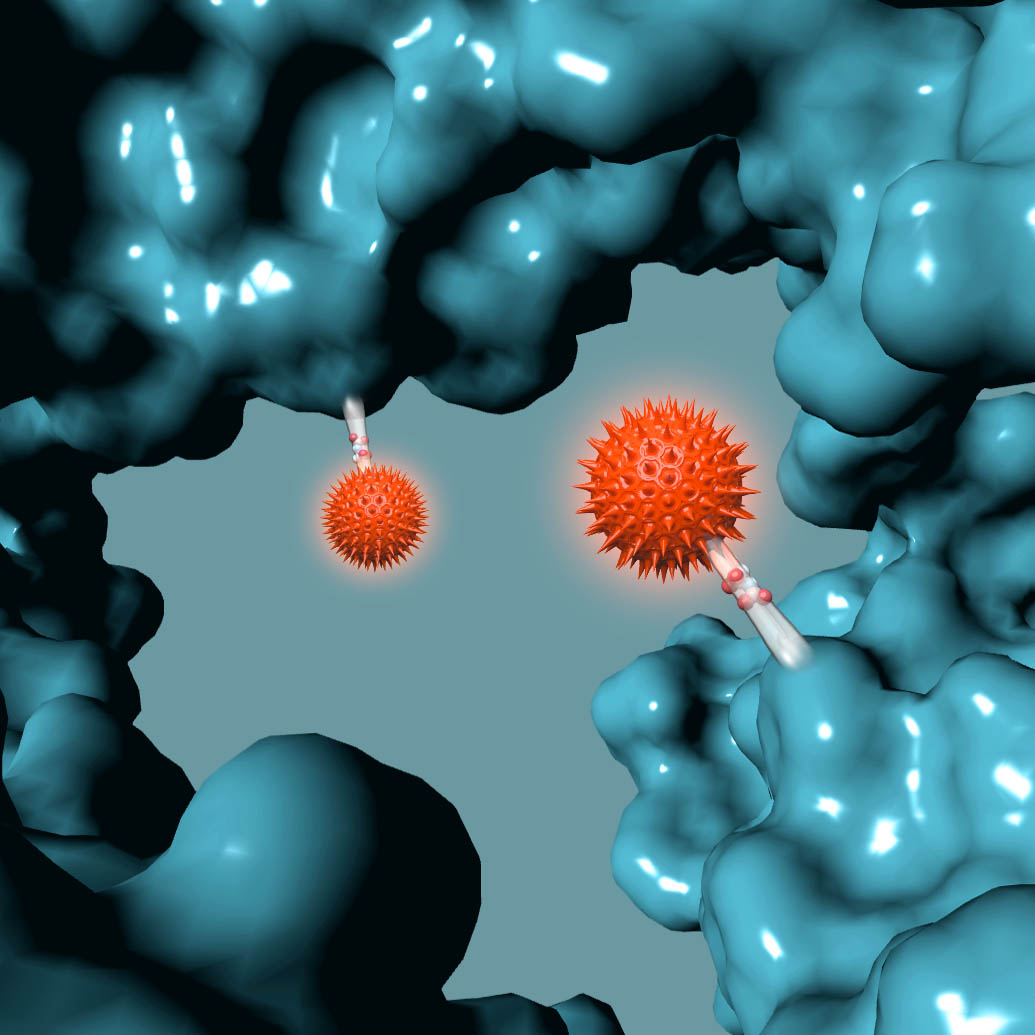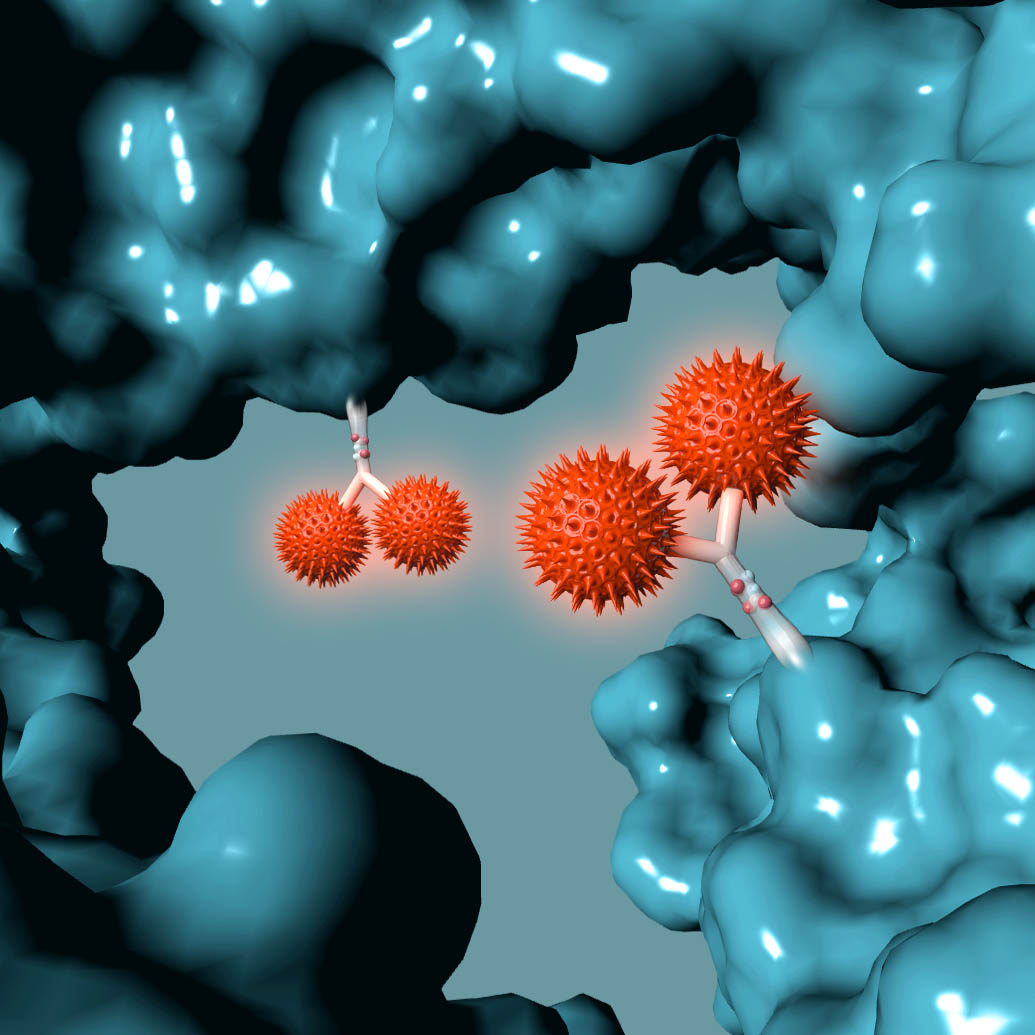Strain-promoted azide–alkyne cycloaddition (SPAAC) as a conjugation tool has found broad application in material sciences, chemical biology and even in vivo use. However, despite tremendous effort, SPAAC remains fairly slow (0.2–0.5M1 s1) and efforts to increase reaction rates by tailoring of cyclooctyne structure have suffered from a poor trade-off between cyclooctyne reactivity and stability.We here wish to report tremendous acceleration of strain-promoted cycloaddition of an aliphatic cyclooctyne (bicyclo[6.1.0]non-4-yne, BCN) with electron-deficient aryl azides, with reaction rate constants reaching 2.0–2.9M1 s1. A remarkable difference in rate constants of aliphatic cyclooctynes versus benzoannulated cyclooctynes is noted, enabling a next level of orthogonality by a judicious choice of azide–cyclooctyne combinations, which is inter alia applied in one-pot three-component protein labelling. The pivotal role of azide electronegativity is explained by density-functional theory calculations and electronic-structure analyses, which indicates an inverse electron-demand mechanism is operative with an aliphatic cyclooctyne.




